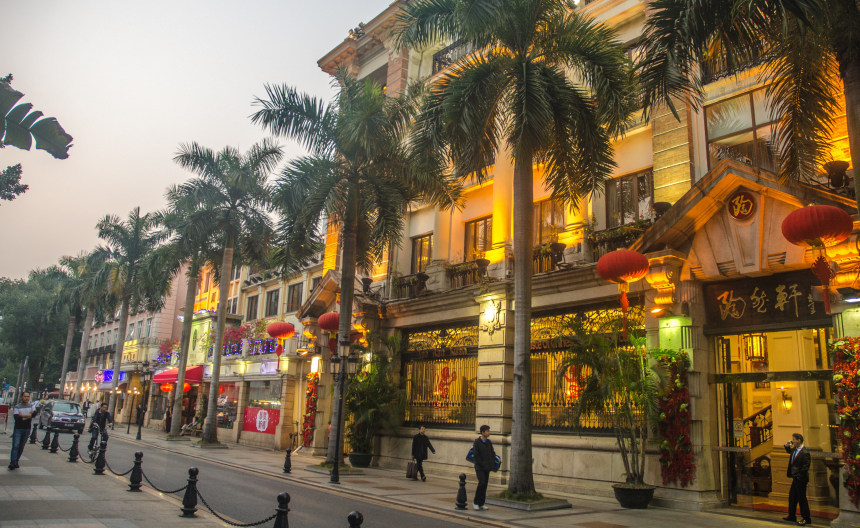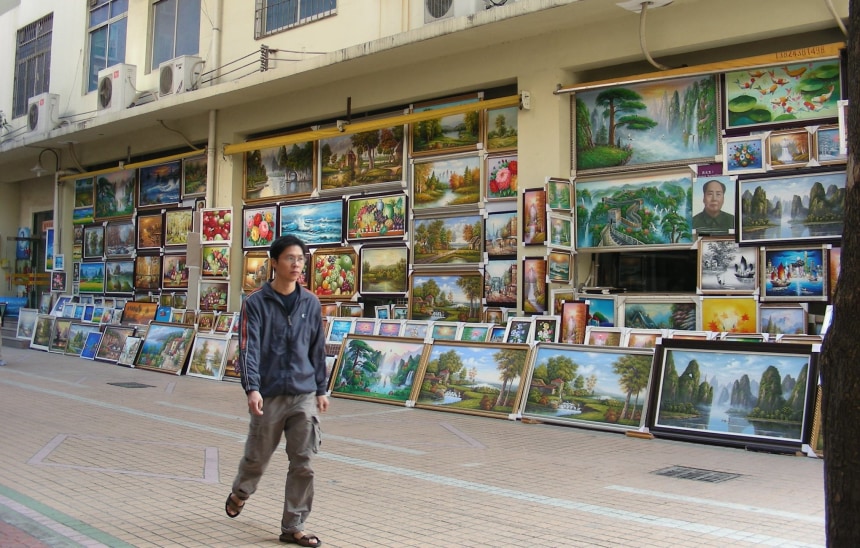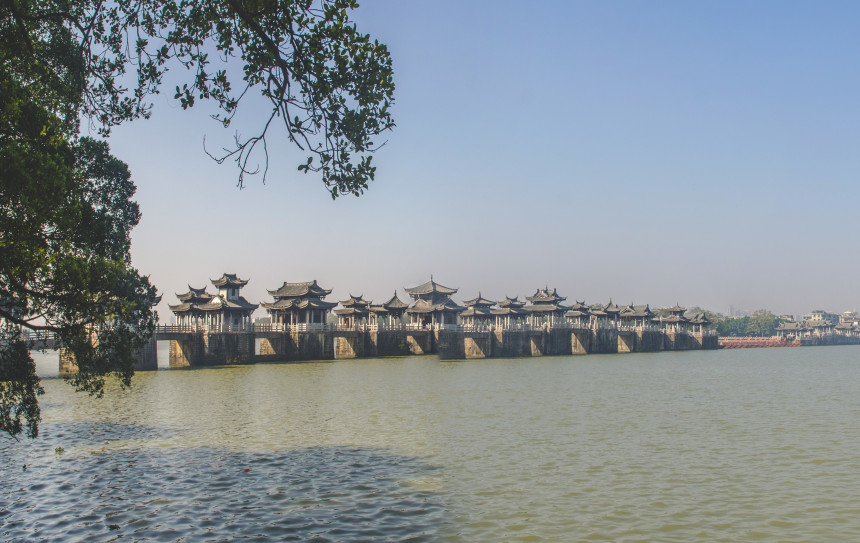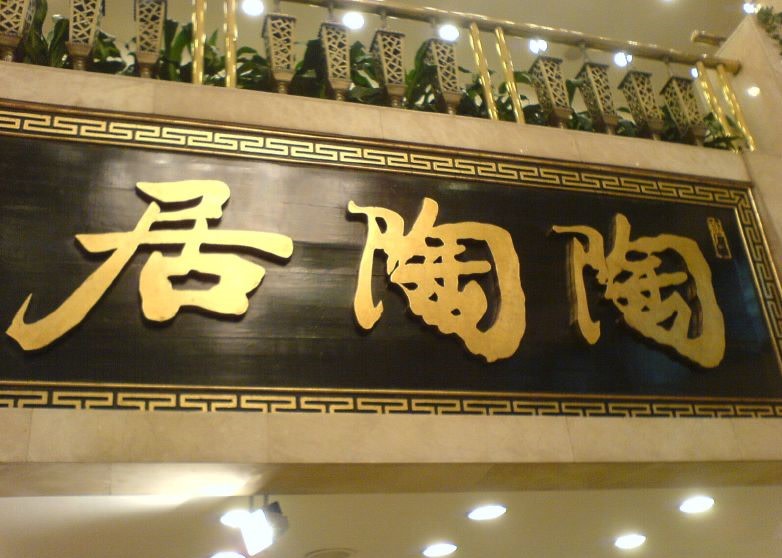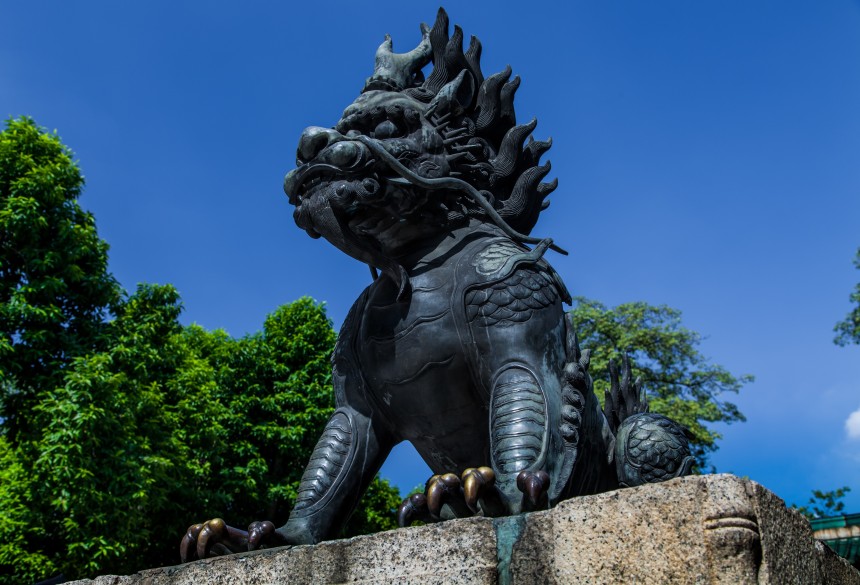| 7 mins read
Ross Cameron
Spreading out from the Pearl River Delta to the pine-clad mountains of Nanling, Guangdong province has shaped China’s history for centuries. Once the starting point of the maritime silk road and home to the concession-era city of Guangzhou, better known internationally by its colonial-era name of Canton, the province has been an important trading hub for millennia. More recently, the province also catapulted China into the ideological struggles of the modern era, as it was here that the People’s Republic of China was born in the struggle against Japanese imperialism. However, there is much more to discover in this enthralling province that just history: its dim sum gastronomic traditions are some of China’s most mouth-watering; its city’s, like Guangzhou and Shenzhen, are barrelling headfirst into hyper-modernity; and it has some of China’s best artwork on display. For travellers wanting to get to know this thrilling province, this Guangdong guide will show you what makes it stand out from the rest of China.
Explore colonial-era history on Shamian Island
Filled with 19th-century manor houses, financial centres, warehouses and once plush hotels, Shamian Island is Guangzhou’s most iconic attraction. Created by the British following the 1859 Opium War, the island was the nerve centre of colonial power in China and to best experience, its time-warp atmosphere simply stroll along the classic Victorian boulevards lined with banyan trees or peek your head down atmospheric side streets that have since become vibrant residential neighbourhoods. In short, there is no other district in the whole of China quite like this one. To understand the area’s rich and turbulent history take a Shamian Island walking tour that will explore the Anglo-Chinese Opium Wars and the various anti-Western rebellions that periodically swept through Guangzhou until the foreign powers were forced to leave in 1949 when the People’s Republic of China was founded.
See ‘the world’s art factory’ at Dafen Oil Painting Village
Sandwiched between the metropolises of Shenzhen and Guangzhou is the quaint village of Dafen, which is crisscrossed with narrow medieval alleyways and peppered with traditional Qing architecture. The village itself is a joy to explore – especially if you are wanting a break from the big city – but what really makes it stand out from the rest of China is the number of artists studios that are peppered across the old town. These studios, usually used by local artists, churn out near-perfect reproductions of world-famous paintings by the likes of Van Gogh, Picasso, Monet and Warhol. In recent decades the local authorities have attempted to clamp down on the counterfeit market by funding contemporary art festivals in the town and opening the futuristic Dafen Art Museum. However, for now, much of the village remains a kitsch attraction where you can see knock-offs of some of the world’s most iconic paintings being crafted.
Stroll across the ancient Guangji Bridge
Elegantly spanning the Han River not far from Guangzhou is the ancient Guangji Bridge, an ornate 12th-century bridge that is topped with a profusion of elaborate pagodas. Until the mid-20th century, the bridge was in a state of decay and had been turned into a makeshift town that spanned the river but in recent decades it has been cleaned up and returned to its former glory. Indeed, there is little else like this majestic bridge in China. For the best experience, arrive early in the morning before the crowds and walk across as the tropical sunrises across the flatlands of the Pearl River delta. Make sure also to buy a return ticket for crossing the bridge, as standard tickets only allow you to cross in one direction.
Eat the best dim-sum in China
If there is one thing Cantonese food does better than any other regional cuisine in China, it is dim-sum. These small yet delicious morsels served with green tea have been around for centuries but their current incarnation owes a lot to the influence of the British in the 19th century – a cultural exchange that only occurred in the Guangzhou area. In the city, there is no better place to sample these delicious dishes than Táo Táo Ju, which sits on the historic Shipu Street. Serving up colossal trays of dim sum since the 1880s, the restaurant has evolved into a vast complex that feeds thousands of diners every day – even without the food the restaurant is a spectacle in itself! As in most dim-sum restaurants, there is no menu at Táo Táo Ju. Instead, you are given a card that is stamped every time you take a dim sum from one of the waiters.
Hike in the Nanling National Forest Park
Far from the metropolitan buzz of Shenzhen and Guangzhou is are the cragged and towering peaks of Nanling, which separate the Pearl and Yangtze River basins. Clad in famed blue pines, which are in reality more of a light grey colour, this remote landscape is best explored in the Nanling National Forest Park, which is centred around Shikengkong Peak, the highest in Guangdong. For adventurous hikers, the climb up Shikengkong is one of China’s best providing views towards the Peal River Delta and the inland highlands of Hunan. However, if you are simply looking to explore the wonders of Chinese nature without the exertion of serious mountain climbing then tour the parks eight spectacular waterfalls, all of which are nestled amongst blue pines and look straight out of a Chinese landscape painting.
Hit the surf on Hailing Island
Known in tourist brochures as ‘China’s answer to Hawaii’, Hailing Island does not disappoint. Situated off the Guangdong coast just west of the autonomous region of Macau, the island is encircled with majestic white sand beaches and is clad in sub-tropical forests that are amongst China’s most pristine. The best thing to do in Hailing Island is head to Shili Yintan Beach, literally translated as ’10 miles of the silver beach’. Here you can relax on the white sand and soak up south China’s beating sun or take to the surf, which crashes along this stretch of coastline day in day out. Indeed, Hailing Island is, like Hawaii, China’s surfing mecca and attracts enthusiasts from across the country. Ask your Guangdong tour guide to take you around the island.
Explore Guangdong’s rich cultural heritage in Foshan
The 11th century Zumiao Temple in the picturesque town of Foshan is one of Guangdong’s most historic destinations, as it was the birthplace of the spectacular Cantonese form of opera and is also the home of the iconic martial art of kung fu. While the temple itself, with its pagoda roof and ancient reliefs, is one of Guangdong’s most impressive, the real draw of Zumiao is the memorial halls dedicated to the two men who defined kung fu cinema, Wong Fei Hung and Ip Man, the latter of whom was Bruce Lee’s master. The best experience to be had in Foshan is to catch a performance of one of its famed art forms. Cantonese Opera performances are twice per month, at 1.30 pm on the 1st and 15th. If you are not in town for this then make sure to catch the more regular performances of the iconic Lion Dance or martial arts displays, which take place three times per day. Your private tour guide can arrange this for you.
“Over the past decade, Ross Cameron has travelled extensively across Europe, Southeast Asia, North America, North Africa, and the post-Soviet space. As someone who has areal passion for these regions of the globe, he is able to offer an expert opinion that highlights the best off the beaten track destinations.”
Image details and licenses: Shamian island: https://flic.kr/p/Sx47rg (Wayne Hseih, CC BY-NC 2.0), Dafen oil painting village: https://flic.kr/p/8mb2fE (Stephen_woolverton, CC BY-NC 2.0), Guangji bridge:https://flic.kr/p/R5YcBd (Wayne Hsieh, CC BY-NC 2.0), Tao Tao Ju: https://flic.kr/p/34Fmg3 (Amos, CC BY-NC 2.0), Hailing island: https://flic.kr/p/2agcfT (CC BY-NC-ND 2.0), Zumiao temple: https://flic.kr/p/qfkdop (Paul Gravestock, CC BY-NC-ND 2.0)


